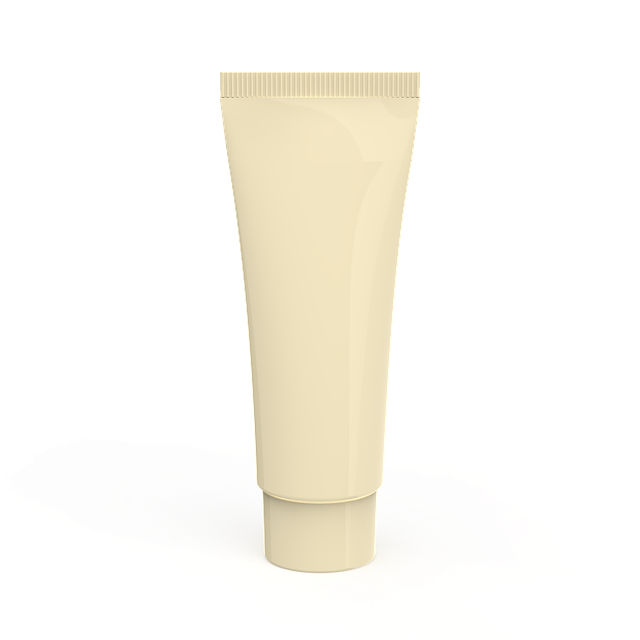Skin tags, common growths on neck, armpits, and groin, can cause aesthetic issues or discomfort. Bristol Tag Removal offers a precise cosmetic procedure involving anesthetic numbing, sterile cutting, or excision. Post-op care involves cleaning, dryness, and avoiding strenuous activities for 24-48 hours. Selecting an experienced specialist with modern techniques like cryosurgery or scalpel excision ensures safety, efficacy, and faster recovery.
Considering surgical removal for skin tags in Bristol? This comprehensive guide breaks down everything you need to know. We explore the causes and types of these benign growths, providing a detailed step-by-step procedure for their surgical excision. Learn about recovery times, aftercare instructions, and crucial factors when choosing a specialist for safe and effective Bristol tag removal.
- Understanding Skin Tags: Causes and Types
- The Surgical Approach: A Step-by-Step Procedure
- Recovery and Aftercare: What to Expect
- Choosing a Specialist: Key Considerations for Safe Removal in Bristol
Understanding Skin Tags: Causes and Types
Skin tags, also known as acrochordons, are small, soft, harmless growths that typically appear on the neck, armpits, and groin areas. They are extremely common, with a significant portion of the population having them at some point in their lives. While they are generally benign, many people opt for Bristol Tag Removal due to aesthetic concerns or discomfort caused by their location.
There are various types of skin tags, each with slightly different characteristics. Some are small and delicate, while others can grow larger and become more prominent. They may be singular or occur in clusters. The causes behind skin tag development are not entirely understood, but they often form due to friction or pressure points on the skin. This is why they are more prevalent in areas where skin folds or rubbing occurs regularly.
The Surgical Approach: A Step-by-Step Procedure
The surgical removal of skin tags, often sought after for cosmetic reasons or to alleviate itching, involves a precise and careful procedure. In a Bristol Tag Removal, the surgeon begins by numbing the area around the skin tag using a local anesthetic. This ensures the patient experiences minimal discomfort during the process. Once the area is adequately numbed, the doctor uses sterile scissors or a scalpel to carefully cut or excise the tag.
After the removal, the wound is cleaned and dressed. In some cases, especially for larger tags, sutures might be required to close the gap left by the excision. The surgeon provides aftercare instructions, including keeping the area clean and dry, to ensure proper healing. This meticulous step-by-step approach ensures effective and safe Bristol Tag Removal.
Recovery and Aftercare: What to Expect
After surgical removal, it’s normal for the treated area to feel slightly tender and swollen for a few days. This is part of the natural healing process. Keeping the skin clean and dry during recovery is essential. A gentle, mild soap and cool compresses can help soothe discomfort and promote faster healing. Avoid strenuous activities or heavy lifting for 24-48 hours to prevent irritation.
In terms of Bristol Tag Removal aftercare, monitoring your skin for any signs of infection is crucial. Contact your healthcare provider if you notice increased redness, warmth, swelling, or discharge from the incision sites. Following their instructions carefully will ensure a smooth recovery and reduce the risk of complications. Most people can resume their normal activities within a few days, but it’s recommended to steer clear of areas with rough or tight clothing until the skin has fully healed.
Choosing a Specialist: Key Considerations for Safe Removal in Bristol
When considering surgical removal of skin tags in Bristol, choosing the right specialist is paramount for safe and effective treatment. Look for dermatologists or certified cosmetic surgeons with extensive experience in Bristol tag removal. Check their credentials, reviews, and patient testimonials to gauge their expertise and ensure they are up-to-date with the latest techniques and safety protocols.
In Bristol, several clinics offer skin tag removal services, but not all procedures are created equal. Some specialists may use outdated methods or perform surgeries in non-sterile conditions, posing potential risks. Opt for a specialist who performs minimally invasive procedures using modern equipment, such as cryosurgery or scalpel excision, tailored to your specific needs. This reduces scarring and speeds up recovery time. Additionally, choose a practitioner who offers personalized consultations, addressing your concerns and answering all questions before the procedure.
When considering surgical removal of skin tags in Bristol, understanding the procedure, its safe recovery, and choosing an expert specialist are crucial steps. If you’re seeking professional Bristol tag removal, follow a detailed plan, ensure proper aftercare, and rest assured that with the right care, you can achieve clear, smooth skin without complications.
